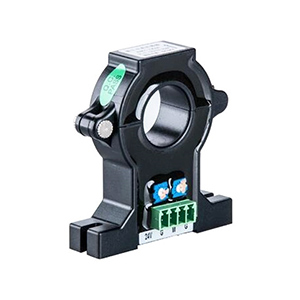What are the Types and Applications of Sensors?
We live in a world of sensors. They are everywhere. You can find them in our homes, offices, hospitals, etc. They can make our lives more convenient and easy by detecting our presence to turn on lights, regulate room temperature, detect smoke or fire, and many other tasks. In this article, ATO will make a detailed introduction from four aspects: the definition of sensor, different types, application and how to choose a right sensor.
What is a sensor?
There are many definitions of sensors. Generally speaking, a sensor is a detection device, which can sense the measured information, and can transform the perceived information into electrical signals or other required forms of information output according to certain rules, so as to meet the requirements of information transmission, processing, storage, display, record and control.
What are the types of sensors?
The following is a list of different types of sensors commonly used in various applications. These sensors are used to measure temperature, resistance, capacitance, conduction, heat transfer and other physical functions.
- Current sensor
- Level sensor
- Load cell
- Proximity sensor
- Pressure sensor
- Temperature Sensor
- Temperature and humidity sensor
- Torque sensor
- Voltage sensor
Current sensor
The current sensor converts the current of different ranges and outputs the marked analog signal (0-20mA, 4-20mA, 0-5V or 0-10V), which is convenient for identification of display, measuring and control equipment.
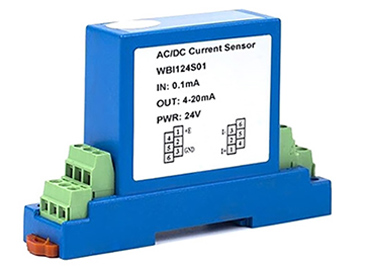
Level sensor
Liquid level sensor is a kind of pressure sensor to measure liquid level. Its main function is to measure the position of liquid and water surface.
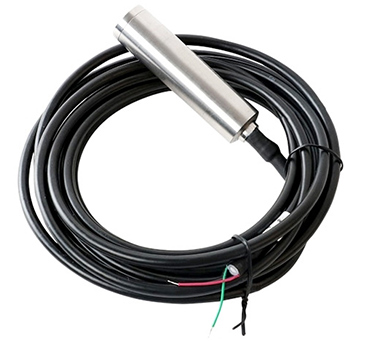
Load cell
A load cell is actually a device that converts a mass signal into a measurable electrical signal output. The weighing equipment senses the components and outputs the excitation signal to the display device. S type, cantilever type, spokes type, plate ring type, membrane-box type, bridge type, cylinder type are common styles.
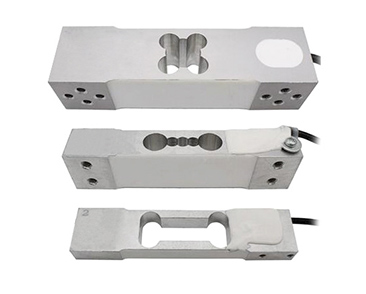
Proximity sensor
By approaching the object, the proximity sensor will activate the sensor to send a signal, sensing the object. It is generally used to count or sense objects.
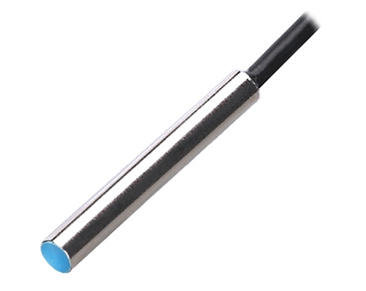
Pressure sensor
Pressure sensor is one of the most commonly used sensors in industrial practice. It can receive the pressure signal and convert the pressure signal into the available output electric signal according to certain rules.
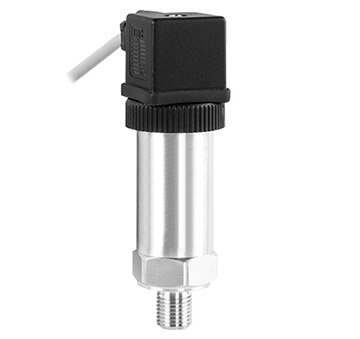
Temperature sensor
Temperature sensor is a kind of sensor that can sense temperature and convert it into output signal. It has many kinds and is the core part of temperature measuring instrument.
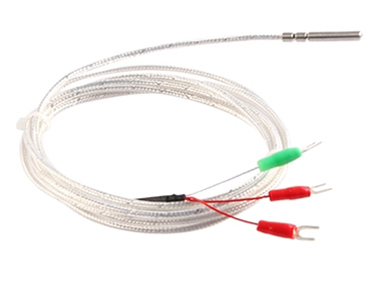
Temperature and humidity sensor
Temperature and humidity sensor refers to a sensor device equipped with humidity sensitive and thermal sensitive elements that can be used to measure temperature and humidity. They are widely used in various fields of production and life because of their small size and stable performance.
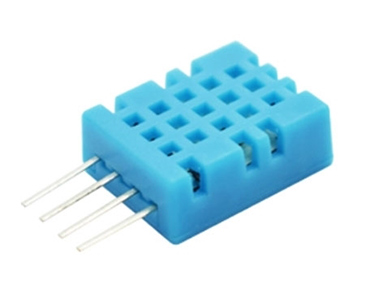
Torque sensor
Torque sensors are used to detect torsional torque perception on various rotating and non-rotating mechanical components. Torque sensors convert physical changes in torque force into precise electrical signals. It has the advantages of high precision, fast frequency response, good reliability and long life.
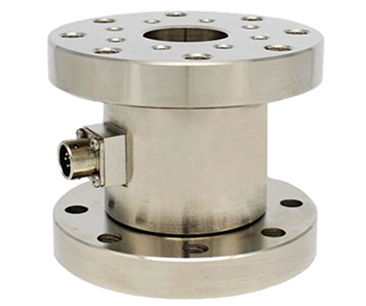
Voltage sensor
The voltage sensor can sense the measured voltage and convert it into a usable output signal. In a variety of automatic detection and control systems, we often need it to track and collect high speed changing AC and DC voltage signals and to do spectrum analysis for more complex voltage waveforms.
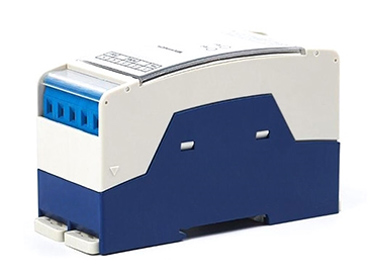
Sensors price list:
| Product name | SKU | Accuracy | Price |
| AC Current Sensor, 5mA/100mA/1A/2A/5A to 10A | ATO-CUS-AC10 | 0.5%F.S | $72.63 |
| DC Current Sensor 50A/100A/200A/500A/1000A to 1500A | ATO-CUS-DC1500 | 1.0%F.S | $126.93 |
| Submersible Level Sensor for Water/Oil/Fuel Tank, 0-200M | ATO-LEVS-S200M | 0.5%F.S/0.3%F.S | $173.28 |
| Single Point Load Cell, 300g/1kg/3kg/10kg/60kg/100kg/200kg to 500kg | ATO-LC-SP01 | 0.03%F.S | $79.89 |
| Proximity Sensor, Inductive, M8, 2 Wire, 120V | ATO-PROS-I8 | detection range: 2mm±10% | $39.55 |
| Pressure Sensor for Air/Water/Oil, 4-20mA/0-5V/RS485 Output | ATO-PRES-P300 | ±0.5%F.S, ±0.3%F.S | $119.68 |
| RTD Sensor Probe, Pt100, 3 Wire | ATO-RTD-PB3W | Class A: ±(0.15+0.002|T|), | $39.68 |
| Temperature and Humidity Sensor/Transmitter, Wireless | ATO-TAHT-WF7005 |
Temperature:±3%RH Humidity:±0.5℃ |
$169.21 |
| Micro Reaction Torque Sensor for Static Torque, 0.5-150 Nm | ATO-TQS-S04 | 0.05%F.S | $175.93 |
| AC Voltage Transducer, Range 10V to 500V, Power Supply AC/DC 120V/240V | ATO-VOS-AC500 |
ATO-WBV412H29: 0.2%F.S ATO-WBV414H29:0.5%F.S |
$183.17 |
How to choose a right sensor?
To carry out the specific measurement work, we must first consider the working principle of the sensor, which needs to be determined after the analysis of various factors. Even when measuring the same physical mass, there are multiple principles of sensors to choose from. Which principle of sensor is more suitable depends on the measured characteristics and the use conditions of the sensor:
- Size of the range
- The position of the measured position on the sensor volume
- Measurement method is contact or non-contact
- Signal extraction method, wired or non-contact measurement
- The source of the sensor, whether domestic or imported, whether the price can be afforded, or self-developed
- Affordable price
After considering the above questions, we can decide which type of sensor to choose, and then consider the following specific performance indicators:
Selection of sensitivity
In general, within the linear range of the sensor, the sensitivity of the sensor is desired to be as high as possible. However, it should be noted that the sensitivity of the sensor is high, and external noise unrelated to the measurement is also easy to mix, affecting the measurement accuracy.
Selection of frequency response characteristics
The frequency response characteristic of the sensor determines the frequency range to be measured, and the measurement condition must be kept true within the allowable frequency range.In dynamic measurement, the response characteristics should be based on the characteristics of the signal (steady state, transient, random, etc.) to avoid excessive errors.
Selection of linear range
The linear range of the sensor is the range in which the output is proportional to the input. Theoretically, the sensitivity remains constant within this range. But in fact, no sensor can guarantee absolute linearity. When the required measurement accuracy is relatively low, within a certain range, the sensor with small nonlinear error can be regarded as linear approximately, which will bring great convenience to the measurement.
Selection of stability
The ability of the sensor to keep its performance unchanged after a period of time is called stability. Besides the structure of the sensor itself, the main factor affecting the long-term stability of the sensor is the use environment of the sensor. Therefore, in order to make the sensor have good stability, the sensor must have strong environmental adaptability. Before choosing sensors, we should investigate their use environment, and choose suitable sensors according to the specific use environment, or take appropriate measures to reduce the impact of the environment.
Selection of precision
Precision is an important performance index of sensor, which is related to the whole measuring system. The higher the precision of the sensor, the more expensive its price is. If the purpose of measurement is qualitative analysis, it is ok to choose the sensor with high repeat accuracy, rather than the one with high absolute value accuracy. If it is for quantitative analysis, the accurate measurement value must be obtained, then the sensor with the accuracy level meeting the requirements should be selected.
Obviously, there are many problems to consider in choosing a right sensor. We don't choose the expensive ones, we only choose the right ones. Different sensors are used in different ways. Watch the video below to see clearly how to count with proximity sensors.
What are the applications of sensors?
With the development of the times, intelligent technology has penetrated into our lives. A small access card reflects the era of intelligence. Sensors are hidden in these systems and tools. Do you know that sensors are everywhere in our lives?
Environmental protection
At present, air pollution, water pollution and noise on the earth have seriously damaged the ecological balance of the earth and our living environment. This situation has attracted the attention of all countries in the world. In order to protect the environment, various environmental monitoring instruments made of sensors are playing an active role.
Robots
Nowadays, robots have been gradually used to replace human work in places with high labor intensity or dangerous work. Robot can complete some high speed and high precision work. But most of these robots are used for automatic processing, assembly, inspection and other automatic mechanical work.
Household Electric Appliances
Sensors are widely used in modern household appliances. Sensors are widely used in air conditioners, electronic water heaters, alarms, electric fans, game machines, washing machines, cameras, refrigerators, TV sets and tape recorders, etc. Sensors make people's lives more convenient.
Internet of things
With the continuous development of Internet of things technology, the combination of sensor and artificial intelligence technology, its influence is expanding and its application scope is wider.It realizes the real-time collection, transmission and networking of data, and brings unprecedented connectivity and analysis capabilities for manufacturing processes. Such as intelligent factory, intelligent city, intelligent building, etc.
Medical & Healthcare
With the development of medical electronics, the era of diagnosis based on the experience and feeling of doctors will come to an end. Now, the application of medical sensors can diagnose the surface and internal temperature of human body, blood pressure and cavity pressure, blood and respiratory flow, tumor, blood analysis, pulse wave and heart sound, heart and brain waves.
Remote sensing technique
Satellite remote sensing is an important part of space remote sensing, which uses artificial earth satellite as remote sensing platform to observe the earth and lower atmosphere optically and electronically. That is to say, towers, balloons, airplanes, rockets, artificial earth satellites, spaceships, space shuttles, etc. Through sensors, the electromagnetic wave (radiation) information on the earth's surface is detected, the information is transmitted, processed, interpreted and analyzed, and the earth's resources and environment are detected and monitored.
Military technology
Nowadays, sensor is a necessity widely used in military. It is used in two bombs, aircraft, ships, tanks, artillery and other equipment systems. It pervades the entire combat system and the whole process of war. In the high-tech warfare of the future, sensors will extend the time domain, air domain and frequency domain to influence combat mode and efficiency. It can also greatly improve the power of weapons and people's operational command ability.

Conclusion
Above, we have answered four questions. We've known what sensors are, different types of sensors, how to choose a right sensor and its applications. In the future, ATO will update this article with more sensors and their applications.

